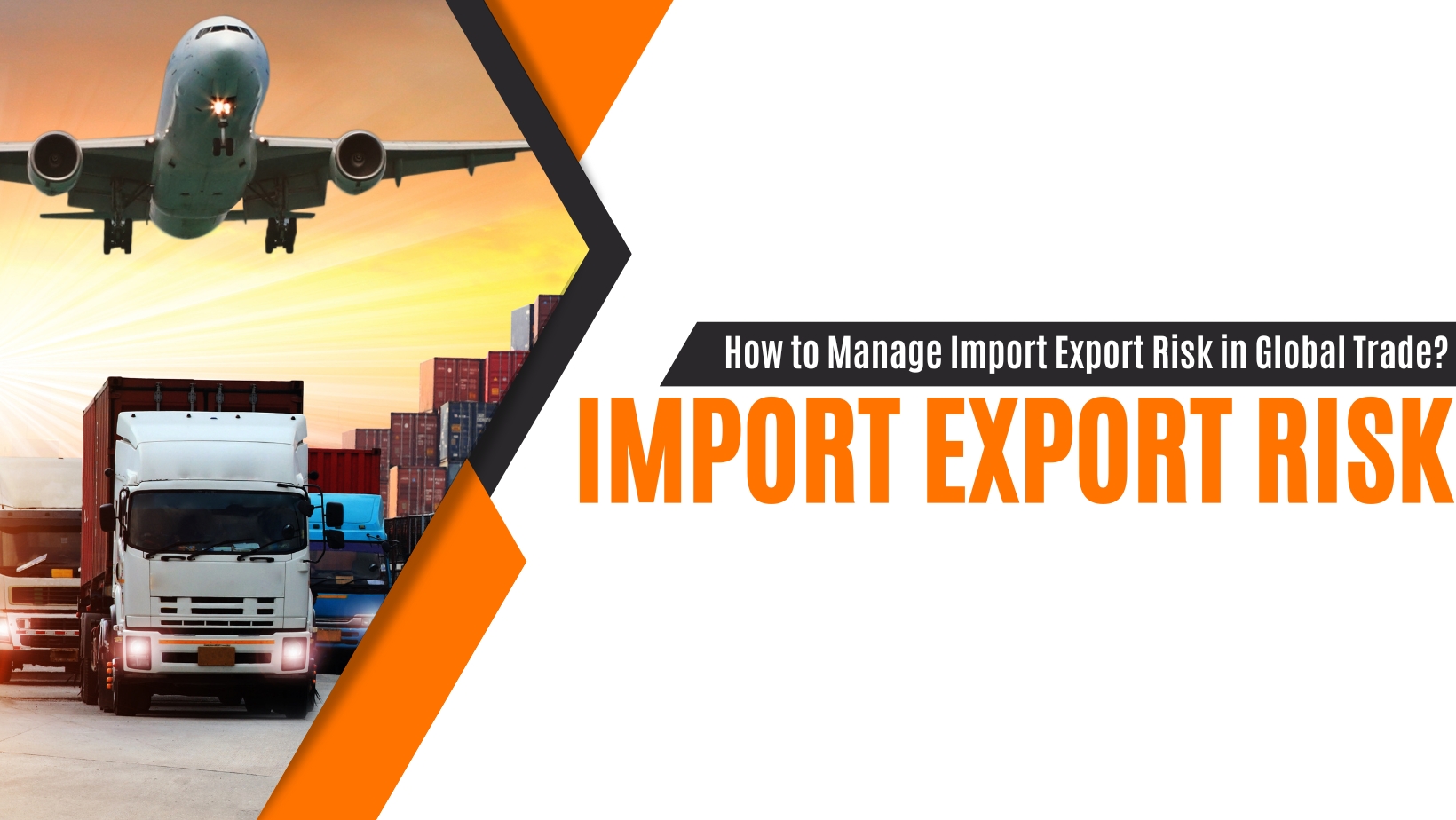Import-export is an integral part of global trade, and it plays a crucial role in the economic growth of countries. However, like any other business, import-export is not without risks. Managing these risks is critical to the success of businesses engaged in import-export. In this article, we will explore how to manage Import Export Risk in global trade.
1. Conduct Market Research
Market research is essential to identify potential risks associated with import-export. Research should focus on the political and economic stability of the countries involved, their regulatory environment, and cultural differences. By understanding these factors, businesses can develop strategies to mitigate risks and avoid potential problems.
2. Understand the Regulatory Environment
Import-export regulations can be complex and vary from country to country. Understanding the regulatory environment is crucial to comply with import-export laws and avoid legal issues that could arise from non-compliance. Businesses should stay up to date with regulatory changes and ensure they have the necessary licenses and permits to operate.
3. Choose Reliable Partners
Choosing reliable partners is essential to minimize import-export risk. Businesses should conduct due diligence on potential partners, including their financial stability, reputation, and experience. Partnering with reputable suppliers and logistics providers can help ensure timely and safe delivery of goods.
4. Develop Risk Management Plans
Developing risk management plans is critical to minimize the impact of unexpected events. Plans should include strategies to manage risks associated with transportation, customs, currency exchange, and political instability. Businesses should also have contingency plans in place to deal with unforeseen events such as natural disasters or pandemics.
5. Manage Currency Risk
Currency risk is a significant risk associated with import-export. Fluctuations in currency exchange rates can significantly impact profits. Businesses should monitor exchange rates and develop strategies to manage currency risk, such as hedging or using forward contracts.
6. Proper Documentation and Communication
Proper documentation and communication are essential to minimize import-export risk. Accurate and complete documentation can help avoid delays and penalties associated with customs clearance. Effective communication with suppliers, customers, and logistics providers can help identify potential issues and resolve them quickly.
7. Implement Quality Control Measures
Implementing quality control measures can help avoid costly product recalls or reputational damage. Businesses should ensure that products meet quality standards and regulations in the destination country. Quality control measures can include product testing, inspection, and certification.
8. Use Insurance to Mitigate Risk
Insurance is an effective tool to mitigate import-export risk. Businesses should consider purchasing insurance for goods in transit, cargo damage, and other risks associated with import-export. Insurance can provide financial protection in case of unexpected events such as theft, damage, or loss of goods.
9. Stay Informed and Adapt to Changing Circumstances
Staying informed about global trade trends and events is critical to managing import-export risk. Businesses should keep up to date with political, economic, and social developments that could impact import-export operations. They should also be prepared to adapt to changing circumstances and develop strategies to manage risks associated with these changes.
Managing import-export risk is critical to the success of businesses engaged in global trade. To Manage these risks you have to take the Best Import Export Courses in Mumbai. It will help you in conducting market research, understanding the regulatory environment, choosing reliable partners, developing risk management plans, managing currency risk, implementing quality control measures, using insurance, staying informed, and adapting to changing circumstances, businesses can minimize import-export risk and succeed in the global marketplace.




